In a time when inflation continues to eat away at American paychecks, the state of New York is stepping up with a new initiative that aims to bring much-needed financial relief to struggling families. Governor Kathy Hochul recently announced a new $1,800 payout for qualifying residents — a program that could redefine how states support families amid economic uncertainty.
While most Americans continue to grapple with higher grocery bills, rising rents, and stagnant wages, New York’s new “BABY Benefit” program — short for Birth Allowance for Beginning Year — represents a bold step toward helping new parents adjust to the financial challenges of raising a child.
This initiative marks a shift from general inflation refund checks to a more targeted approach, focusing on those most affected by rising living costs: low-income parents welcoming a new child during the 2025–2026 fiscal year.
Let’s take a closer look at what this new $1,800 payment means, who qualifies, when payments will be issued, and why it might even encourage more families to move to New York.
The End of Inflation Refund Checks
Over the past few years, many states — including New York — issued inflation refund checks or temporary stimulus-style payments to help residents cope with the high cost of living. These payments were typically designed to offset short-term inflationary pressures, but their impact was limited and temporary.
Governor Hochul’s latest announcement signals the end of those general refund checks and the beginning of a more strategic benefit program — one that aligns financial aid with major life milestones rather than across-the-board payouts.
While the inflation checks helped cushion economic shocks, the state government now aims to redirect those funds toward programs that create a more sustainable and family-oriented financial safety net.
The BABY Benefit: A New Chapter in Family Support
The BABY Benefit is more than just another relief check; it is part of a broader strategy to strengthen New York’s reputation as a family-friendly state.
Governor Hochul’s administration designed the program to complement existing family benefits and tax credits, particularly the New York Child Tax Credit, which already provides:
| Age Group of Child | Existing Child Tax Credit (NY State) | BABY Benefit (New Program) |
|---|---|---|
| Under 4 years old | Up to $1,000 per child | One-time $1,800 payment for new parents |
| Ages 4–16 | Up to $500 per child | Not applicable |
The BABY Benefit is a one-time payment of $1,800, targeted specifically at low-income parents receiving public assistance who welcome a new baby during the 2025–2026 fiscal year.
According to Hochul’s office, this initiative aims to alleviate birth-related costs, reduce the financial burden of early childcare, and encourage family growth in New York.
Why the BABY Benefit Matters
Raising a child has never been more expensive. According to recent financial data, the average cost of raising a child in the U.S. up to age 18 exceeds $310,000 when accounting for inflation — and that number continues to rise.
New parents face immediate expenses such as:
| Expense Category | Average Cost (First Year) |
|---|---|
| Hospital and delivery costs | $3,500–$5,000 (after insurance) |
| Baby supplies and furniture | $2,000–$3,000 |
| Formula, food, diapers | $1,500–$2,500 |
| Childcare (full-time) | $12,000–$18,000 annually |
These expenses can be devastating for low-income families, particularly those already relying on public assistance programs.
Governor Hochul’s administration recognized this growing gap and created the BABY Benefit to give parents a direct, immediate infusion of funds during the most critical time — the birth of a new child.
Official Statement and Policy Vision
Governor Hochul’s office emphasized that this policy is not just about money — it’s about rebuilding confidence in New York as a state that values and supports families.
“The BABY Benefit will significantly boost household income for thousands of New York’s most under-resourced families during a crucial period in their lives. This boost will help alleviate birth-related expenses and ease the financial burden associated with caring for a new baby.” – Governor Hochul’s office
This announcement follows a string of economic measures designed to fight inequality, from affordable housing initiatives to enhanced childcare tax credits.
By introducing the BABY Benefit, the Governor aims to transform New York into the most affordable state in the nation to raise a family — a stark contrast to its historical reputation as one of the most expensive states to live in.
Eligibility Criteria for the $1,800 BABY Benefit
Not every resident will qualify for the new payout. The eligibility requirements have been kept clear and focused on those most in need.
To qualify, applicants must:
-
Be a resident of the State of New York;
-
Be enrolled in a public assistance program (such as SNAP, TANF, or Medicaid);
-
Have a newborn child during the 2025–2026 fiscal year;
-
Meet the income thresholds defined for low-income households in the state’s welfare eligibility chart;
-
File or update their public assistance information to confirm birth details.
Ineligible applicants include families earning above the defined income limits or those not receiving any form of public assistance.
Example of Eligibility Snapshot (2025 thresholds):
| Household Size | Annual Income Limit (Approx.) | Eligible for BABY Benefit? |
|---|---|---|
| 1 person | $19,000 | No |
| 2 people | $27,000 | Possibly |
| 3 people | $34,000 | Yes |
| 4 people | $41,000 | Yes |
| 5+ people | $47,000+ | Yes |
These figures are subject to adjustments when the final eligibility guidelines are released with the 2026 State Budget.
How to Apply for the BABY Benefit
The application process for the BABY Benefit will be integrated into existing public assistance systems to simplify access.
According to the state government’s initial framework, families will not need to submit a separate application if they are already receiving eligible public benefits. Instead, the system will automatically verify eligibility once a birth record is registered.
However, parents not currently enrolled in public assistance but who meet the income criteria will need to apply through the New York State Office of Temporary and Disability Assistance (OTDA) or local Department of Social Services (DSS) offices.
Steps for New Parents to Receive the BABY Benefit:
-
Ensure that birth registration is completed in New York State.
-
Verify that your family is enrolled in qualifying public assistance programs.
-
Wait for notification via mail or electronic message from NYS OTDA.
-
Confirm direct deposit or payment method.
Payments will be disbursed electronically through the same accounts used for benefit payments, ensuring fast and secure delivery.
When Payments Will Be Distributed
The $1,800 BABY Benefit is slated to begin in the 2026 fiscal year, following inclusion in the 2026 New York State Budget.
Expected Timeline Overview:
| Date | Event |
|---|---|
| April 2025 | Official budget proposal presented to the legislature |
| July 2025 | Legislative approval expected |
| January 2026 | New York Budget enacted |
| April 2026 | First payments begin for eligible births |
| July 2026 onward | Monthly rollouts for newly verified births |
This timeline allows state agencies to integrate new payment mechanisms and verify eligibility before funds are distributed.
Comparison to Other State Programs
New York’s BABY Benefit sets it apart from other U.S. states where baby bonuses or parental support programs are limited or nonexistent.
| State | Program | Average Payment | Eligibility |
|---|---|---|---|
| California | CalWORKs Baby Supplement | $500–$1,000 | Low-income parents |
| Texas | None | N/A | N/A |
| Florida | None | N/A | N/A |
| Massachusetts | Child Tax Credit | $600 per child | All parents |
| New York | BABY Benefit + Tax Credit | $1,800 (one-time) + up to $1,000 tax credit | Low-income new parents |
By combining a direct baby bonus with annual tax credits, New York’s approach is one of the most generous in the nation for families starting out.
The Broader Economic Context
Inflation has significantly weakened purchasing power across the United States. As of 2025, consumer prices are still 4.1% higher than they were a year earlier, driven by higher costs in food, housing, and childcare.
| Category | Price Increase (YoY, 2025) |
|---|---|
| Food and groceries | +5.3% |
| Rent and housing | +6.1% |
| Childcare and education | +4.7% |
| Medical expenses | +3.9% |
| Energy and transportation | +4.5% |
These figures highlight the growing difficulty for average families — especially new parents — to keep up with basic costs.
By offering the BABY Benefit, New York hopes to directly address inflation’s impact on family budgets, particularly at a time when parents are most financially vulnerable.
Potential Impact on Population and Migration
Beyond immediate financial relief, analysts suggest that the BABY Benefit could influence population trends and migration patterns within the state.
New York, long known for its high cost of living and outmigration, could become a magnet for young families seeking better social support.
If the policy succeeds, it might inspire other states to adopt similar “birth-based relief programs.” This could also help offset declining birth rates in the U.S., which dropped by nearly 2% in 2024 — the third consecutive annual decline.
Political and Social Reactions
Reactions to the BABY Benefit have been mixed but generally positive.
Supporters hail it as a compassionate and innovative response to family financial strain, while critics question whether one-time payments can solve long-term affordability challenges.
Community advocates have praised the program for acknowledging the disproportionate burden of inflation on low-income households. Others, however, argue that the state should focus on expanding childcare access and affordable housing rather than issuing lump-sum payments.
Still, early polling shows broad public approval among young parents and low-income communities.
Future Prospects and Program Expansion
Governor Hochul hinted that the BABY Benefit could serve as a pilot project for broader family aid reforms. Depending on its success, future iterations may include:
-
Additional bonuses for multiple births (twins, triplets);
-
Expanded eligibility to middle-income households;
-
Integration with statewide childcare voucher programs;
-
Tax credits for employers offering parental leave.
The administration is expected to monitor the program’s impact on child poverty reduction rates and household income growth through 2026 and 2027.
Expert Insight
Economists note that while the $1,800 payment may not fully offset the cost of raising a child, it provides an important psychological and financial boost at a crucial time.
Financial expert Lisa Menendez explained that “targeted assistance like the BABY Benefit has a higher economic multiplier effect than general tax rebates. Parents tend to spend this money locally on essentials, stimulating community-level growth.”
This observation aligns with New York’s strategy to stimulate the economy from the bottom up rather than through broad tax reductions.
Conclusion
The transition from generic inflation refund checks to the more focused BABY Benefit marks a significant policy evolution in New York’s approach to social welfare.
Governor Hochul’s $1,800 payout program is more than a short-term stimulus — it’s a statement about the kind of future New York envisions: one that supports parents, values family life, and ensures that economic recovery reaches those most in need.
As the 2026 budget cycle approaches, the BABY Benefit stands as a symbol of hope and resilience for thousands of families preparing to welcome new life into an uncertain economy.
For many, it may be the difference between financial struggle and stability — and perhaps, the reason they choose to call New York “home.”
Key Takeaway Table
| Feature | Details |
|---|---|
| Program Name | BABY Benefit (Birth Allowance for Beginning Year) |
| Payment Amount | $1,800 (one-time) |
| Eligibility | Low-income parents on public assistance who have a baby during 2025–2026 fiscal year |
| Payment Start Date | 2026 (after budget approval) |
| Purpose | Offset birth-related costs and support new families |
| Complementary Programs | Child Tax Credit ($1,000 under age 4, $500 ages 4–16) |
| Administered By | NYS Office of Temporary and Disability Assistance (OTDA) |
| Long-Term Goal | Make New York the best state to start and raise a family |

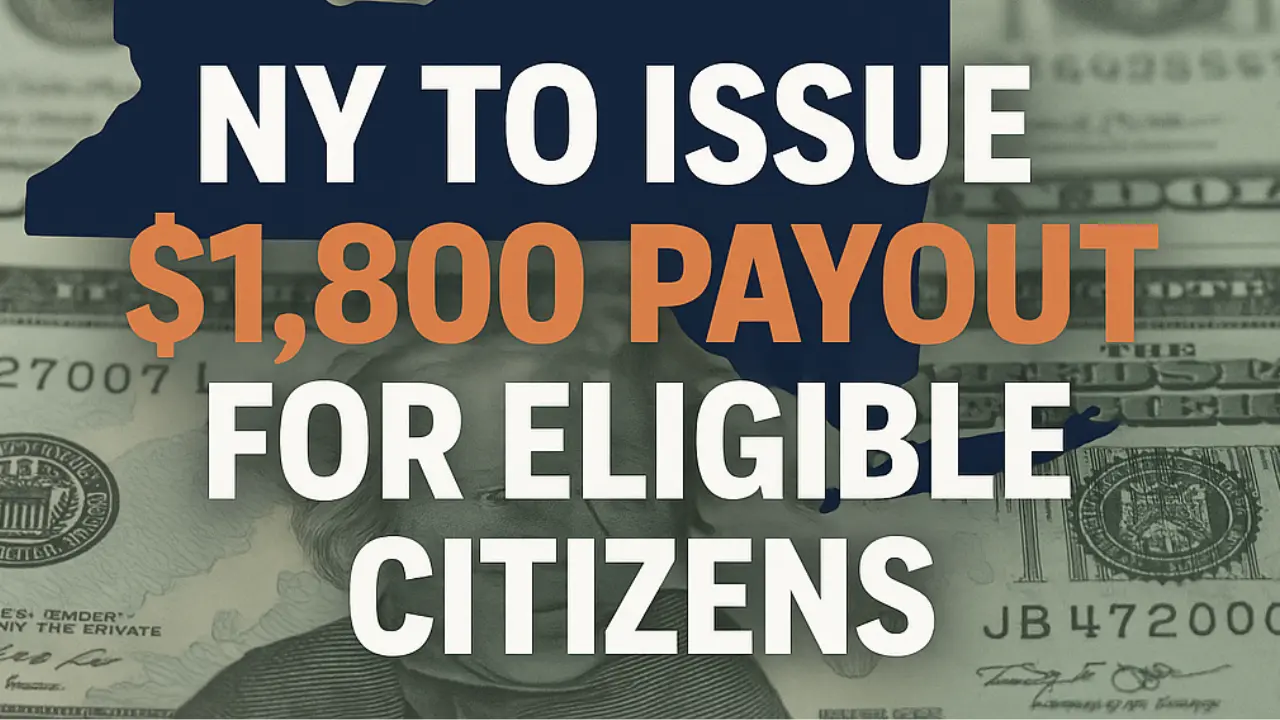
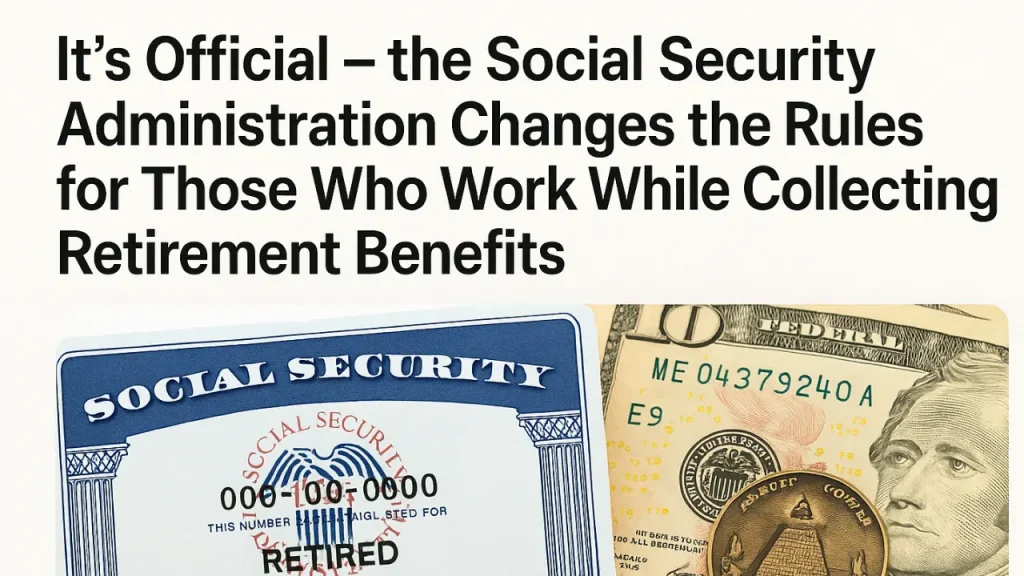

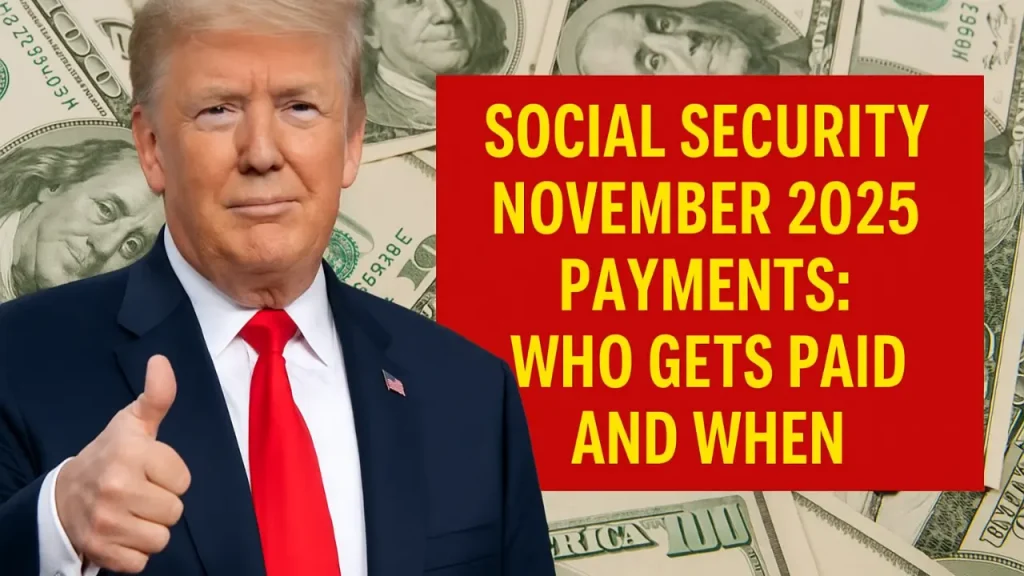
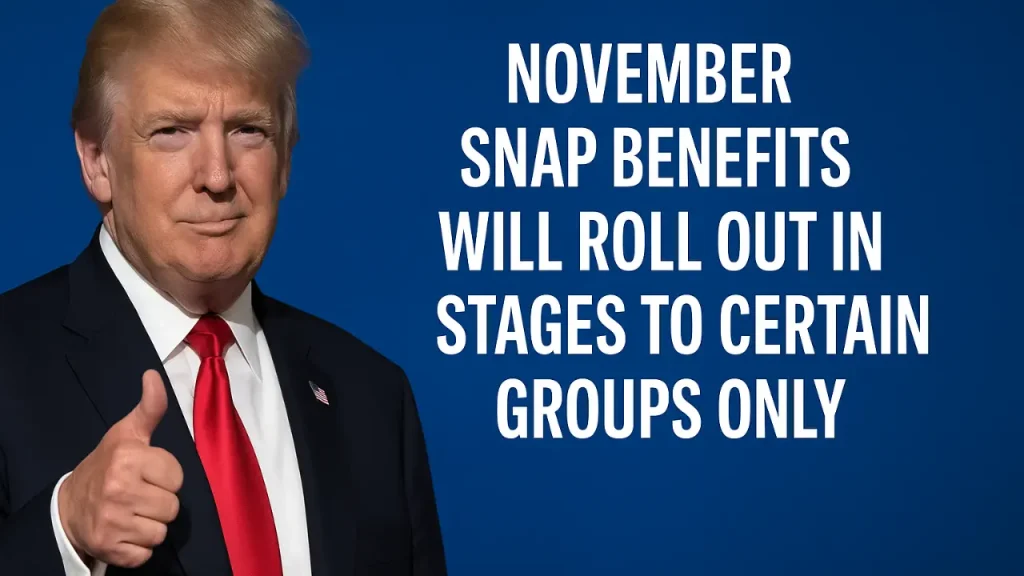
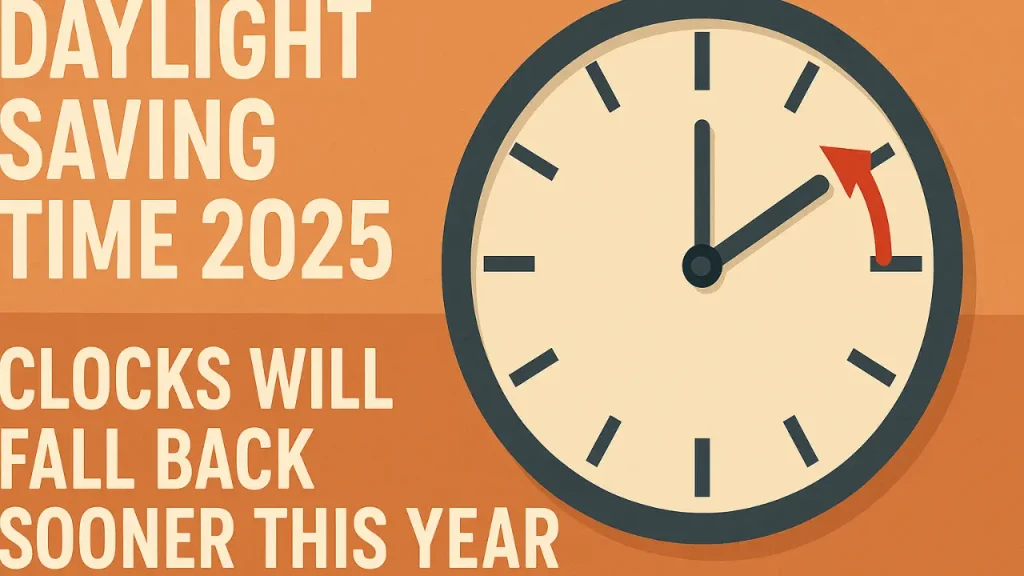
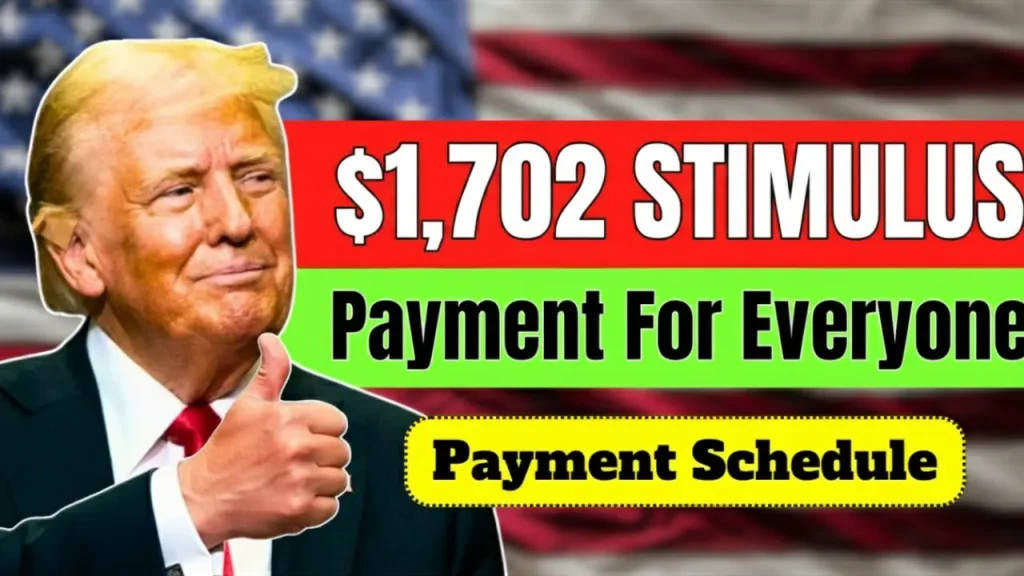


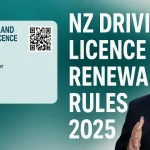

Leave a Comment